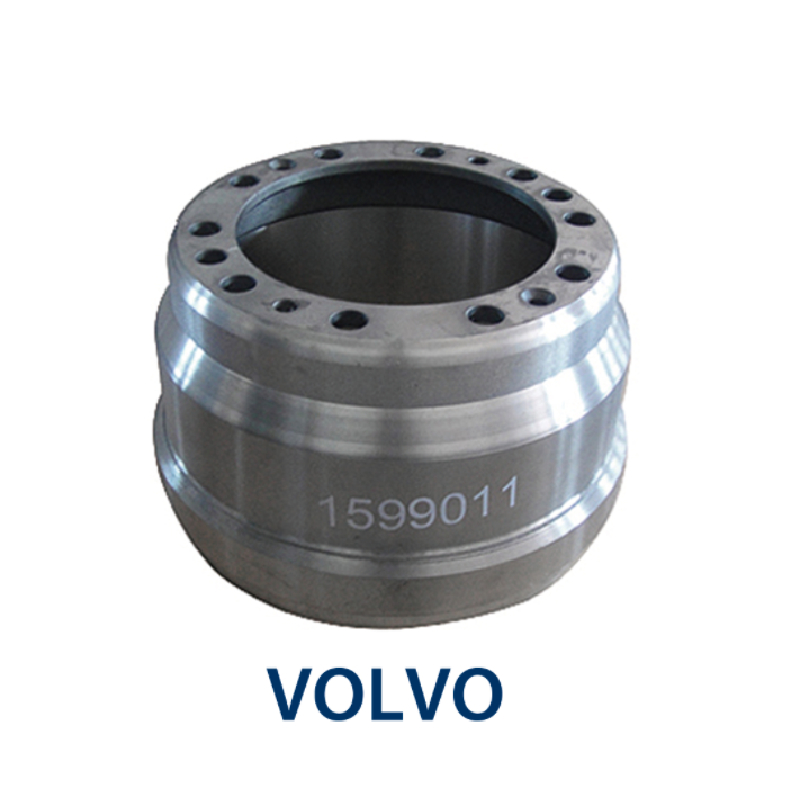Dec . 07, 2024 13:41 Back to list
disc brake drum
Understanding Disc Brake vs. Drum Brake Which is Better?
When it comes to vehicle braking systems, two primary types dominate the market disc brakes and drum brakes. Each type has its unique design characteristics, advantages, and limitations, making them suitable for different applications. This article aims to delve into the specifics of disc and drum brakes, their functioning, and the potential advantages that disc brakes have over their drum counterparts.
The Basics of Brake Systems
At its core, a brake system's purpose is essential to slow down or stop a vehicle in a controlled manner. The two widely-used technologies for achieving this are disc brakes and drum brakes. Understanding the components and mechanisms of each type is crucial in evaluating their performance.
Disc Brakes consist of a disc (or rotor) that rotates with the wheel, and brake pads that press against the disc to create friction, which slows the vehicle. Hydraulic pistons operate the brake pads, allowing for effective and immediate response with minimal pedal effort. Disc brakes are typically mounted on the front wheels of most modern vehicles, although they are increasingly found on rear wheels as well.
Drum Brakes, on the other hand, consist of a hollow drum that rotates with the wheel and brake shoes that press outward against the drum to create friction. These systems often feature a spring mechanism that retracts the shoes when the brake is released. While they are often found on older vehicles and some economy cars, drum brakes are less common in modern vehicle designs due to their inherent limitations.
Performance Comparison
One of the main advantages of disc brakes lies in their superior performance, especially under high-stress situations. Disc brakes provide better heat dissipation due to their open design, reducing the likelihood of brake fade—the loss of braking power due to overheating. This feature makes them a popular choice for high-performance vehicles, trucks, and any application that requires frequent or heavy braking.
disc brake drum

In contrast, drum brakes are more prone to overheating, as the enclosed design traps heat. As a result, drum brakes can experience reduced effectiveness after prolonged use, which poses a safety risk during aggressive driving or downhill descents.
Another aspect of performance is the response time of the braking system. Disc brakes typically offer quicker engagement and a more linear feel under pressure. Drivers often prefer this immediate responsiveness, as it instills a greater sense of control and confidence, especially in emergency situations.
Maintenance and Durability
When it comes to maintenance, disc brakes generally require less upkeep. The exposed design allows for easy inspection of the brake pads and components, making it simpler to identify wear and replace parts as needed. Furthermore, disc brakes tend to last longer than drum brakes, particularly when considering performance applications, where drum brake systems may require more frequent replacements.
Drum brakes, while being less complex in some respects, can be more challenging to maintain due to their enclosed design. The shoes can wear unevenly, and the internal components can gather dust and moisture, leading to corrosion. This can result in decreased performance and increased maintenance intervals.
Conclusion
While both disc brakes and drum brakes serve the essential function of stopping a vehicle, their differences in performance, maintenance, and application suitability are clear. Disc brakes provide superior stopping power, better heat dissipation, and easier maintenance, making them the preferred choice for most modern vehicles. Drum brakes, while still effective for specific applications, have become less common in the wake of advances in disc brake technology.
Ultimately, vehicle manufacturers tend to equip their models with disc brakes on both front and rear axles due to these compelling advantages. As vehicle technology continues to evolve, the dominance of disc brakes is likely to persist, reflecting the ongoing quest for improved safety and performance in automotive design. When choosing a vehicle, understanding the braking system can significantly influence the driving experience, highlighting the importance of making informed decisions based on individual needs and preferences.
-
Volvo Brake Drum: OEM Quality, Optimal Safety
NewsAug.27,2025
-
Durable Brake Drum MAZ for Heavy Duty Trucks | High Performance
NewsAug.26,2025
-
FUWA: Premium Quality, Reliable Performance & Innovative Solutions
NewsAug.25,2025
-
Liza Brake Drum: Superior Quality & Performance for Safe Driving
NewsAug.24,2025
-
Iveco Brake Drum | Premium OE Quality for Daily & Eurocargo
NewsAug.22,2025
-
Your Brake Drum Man: Quality & Performance Parts
NewsAug.21,2025
